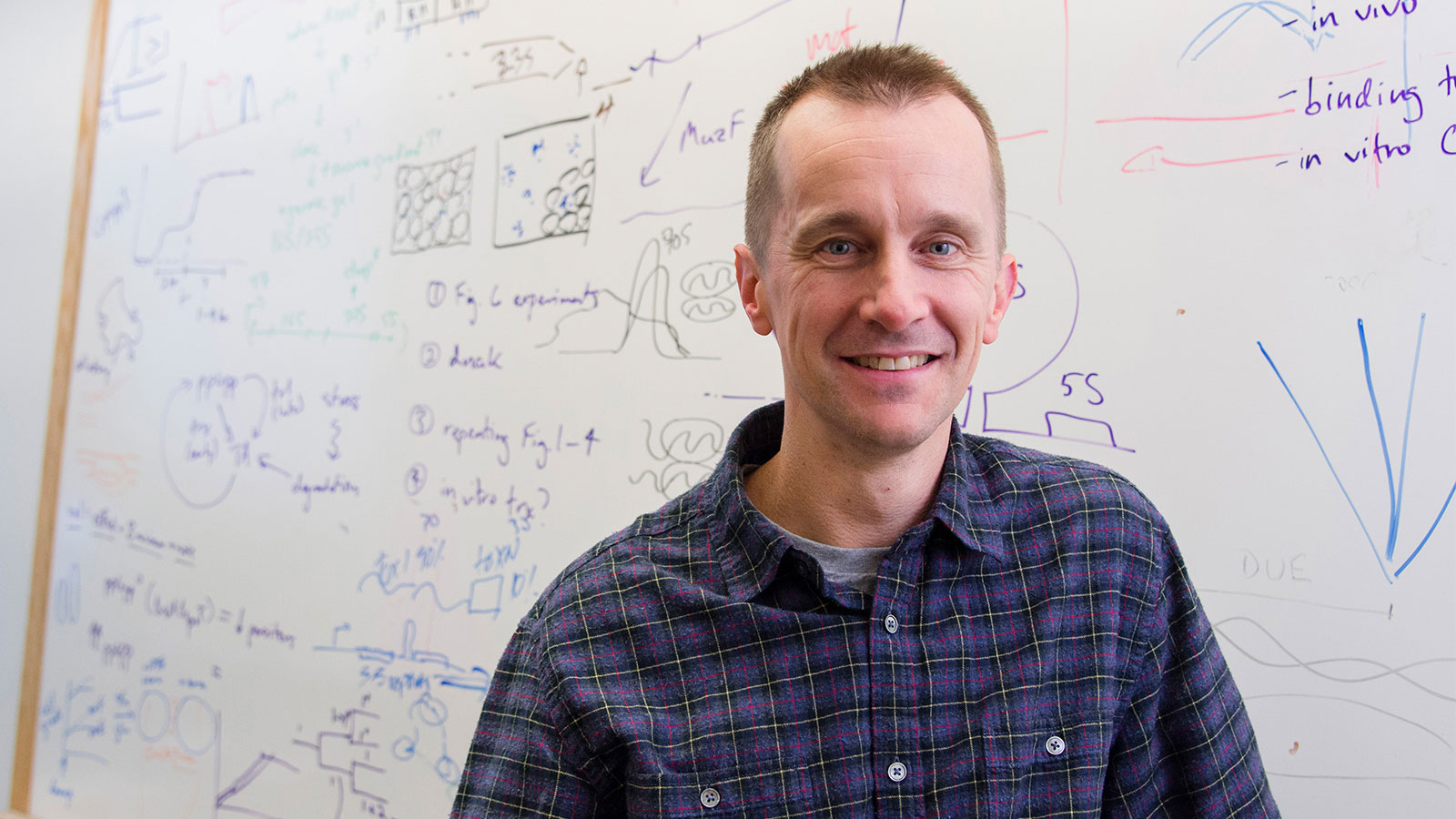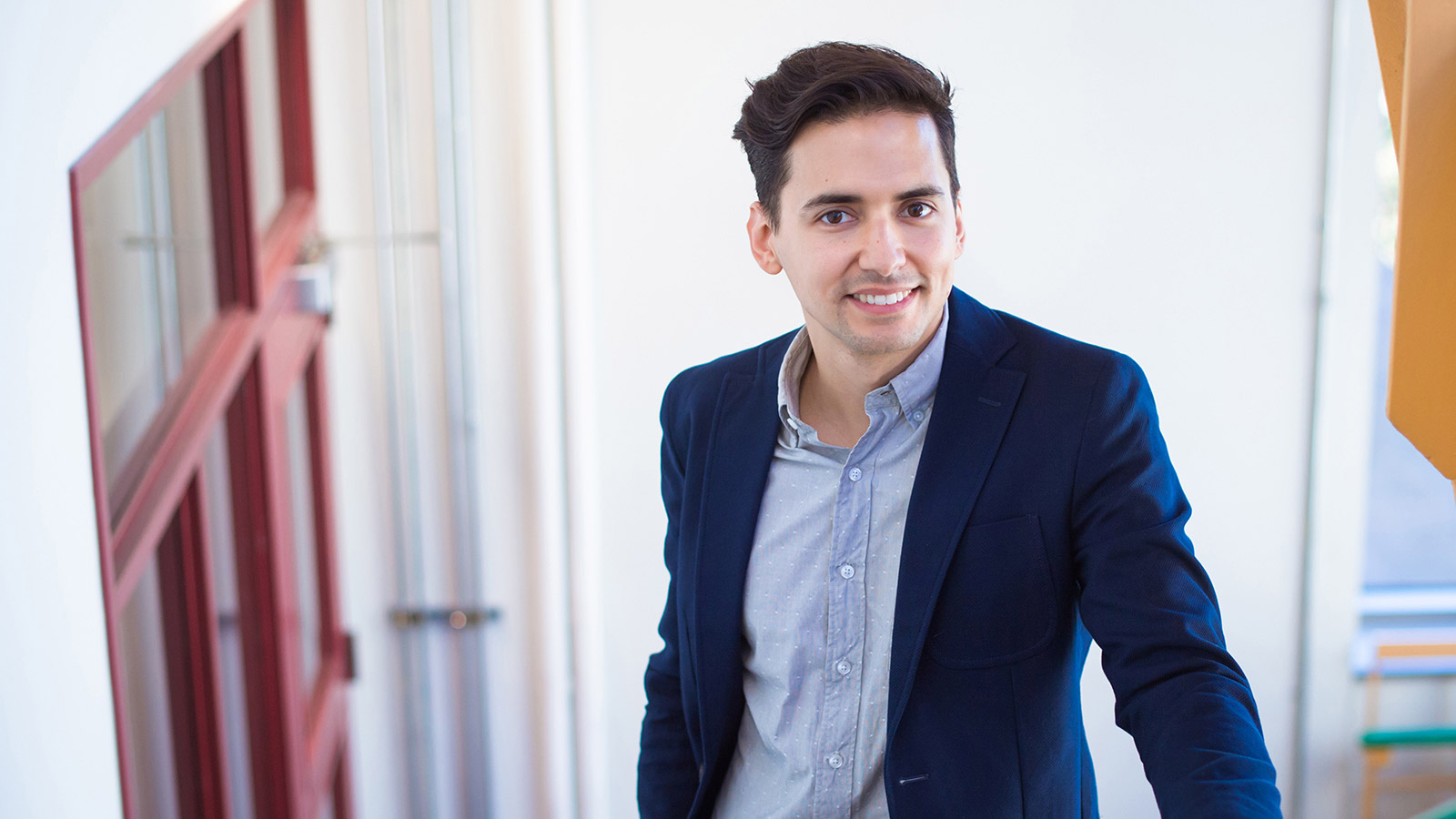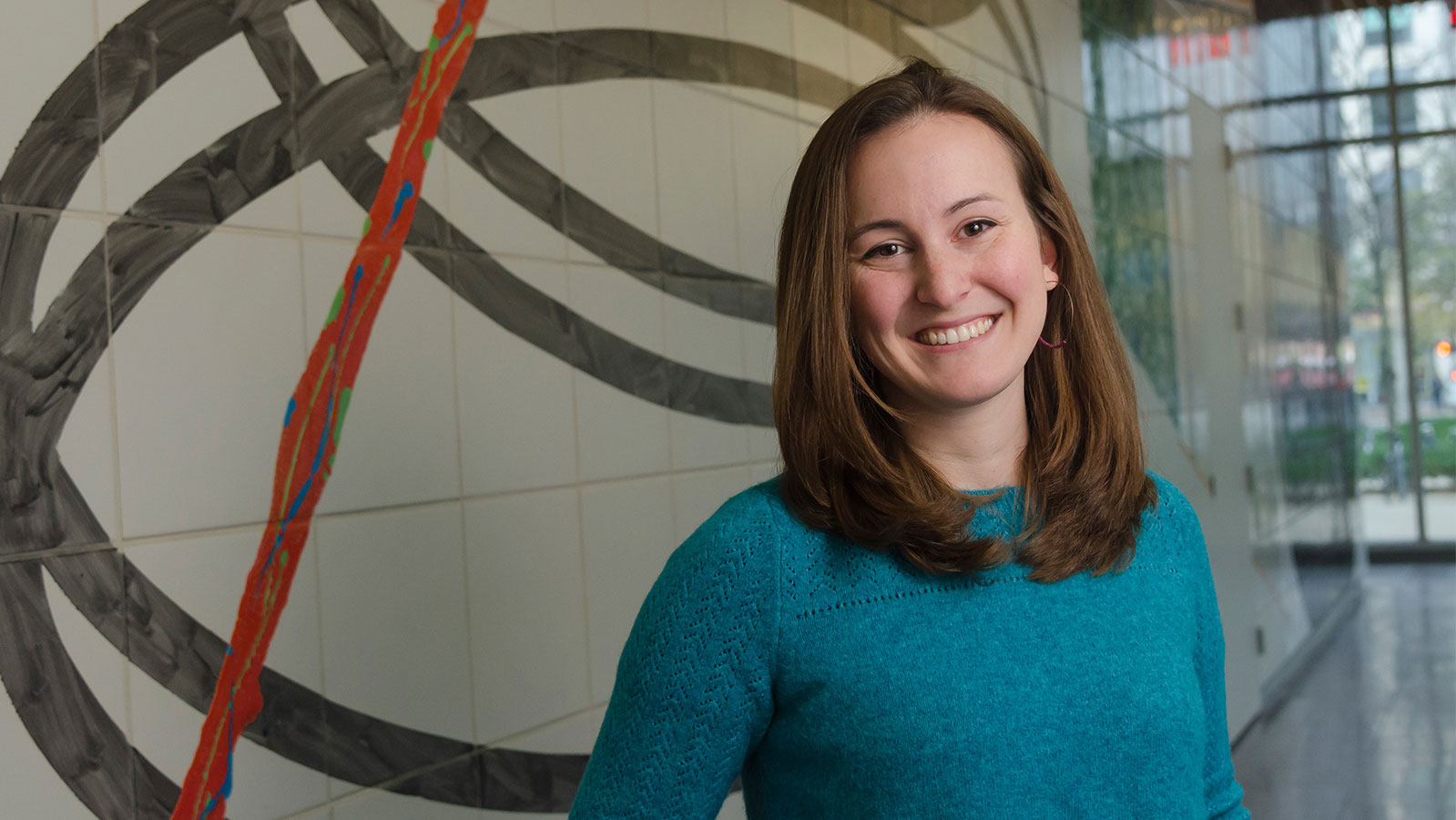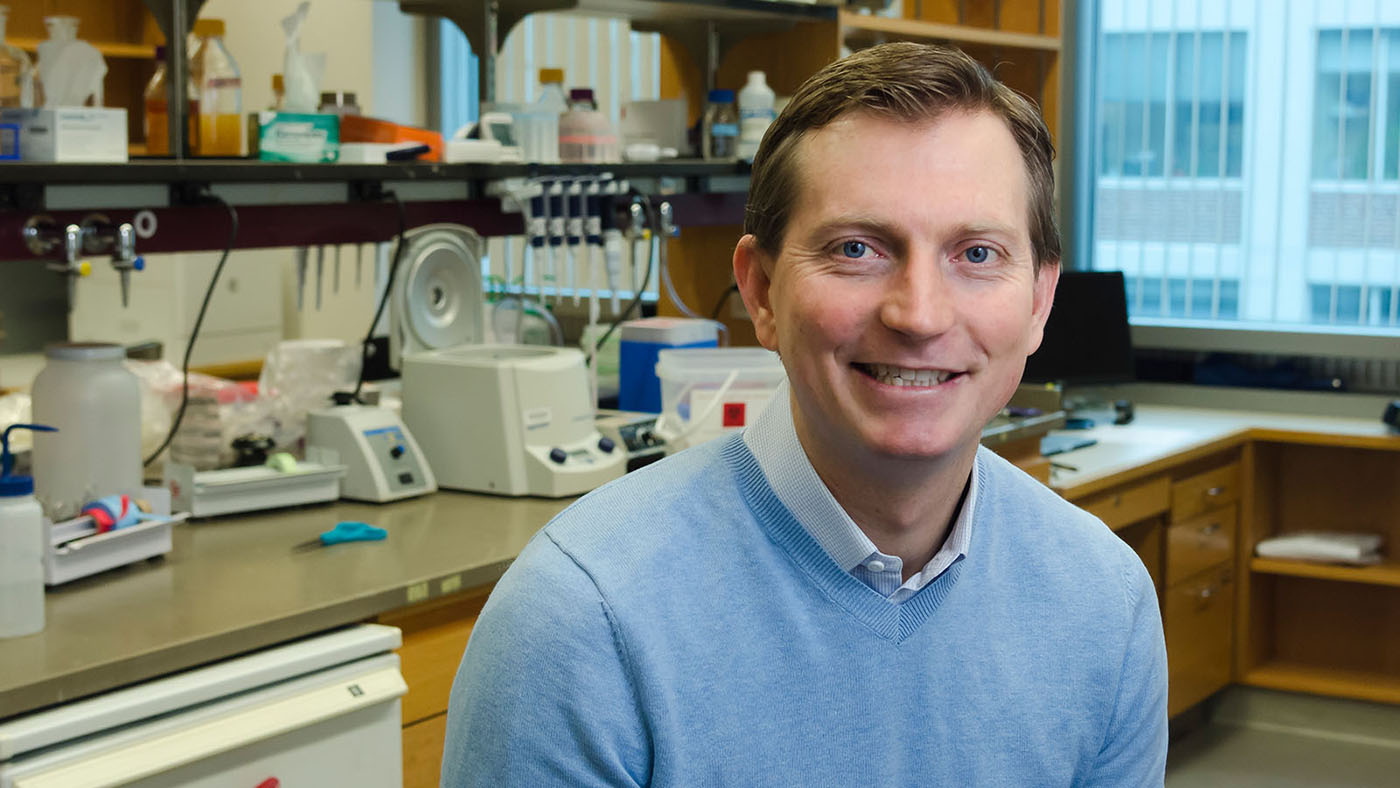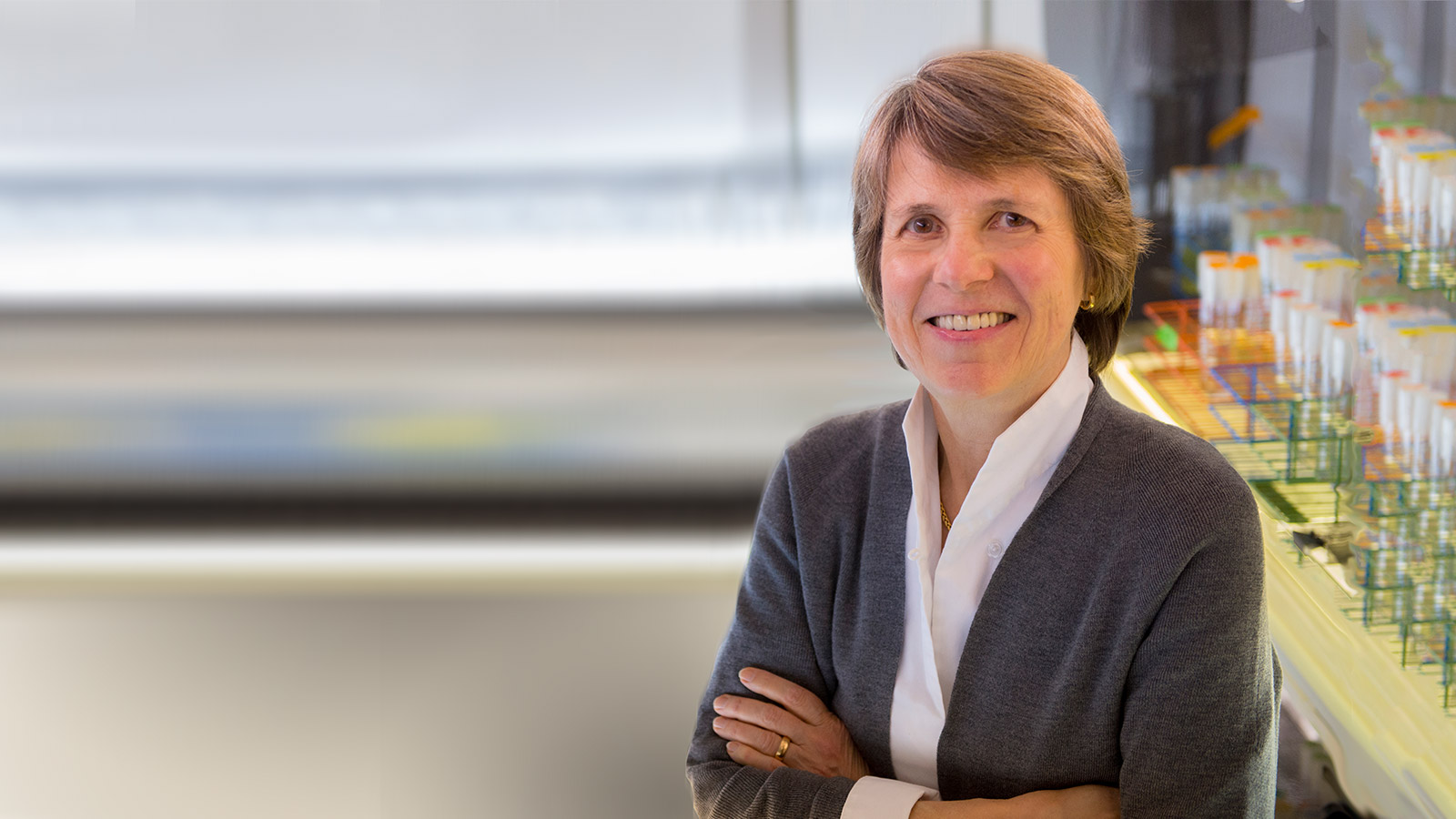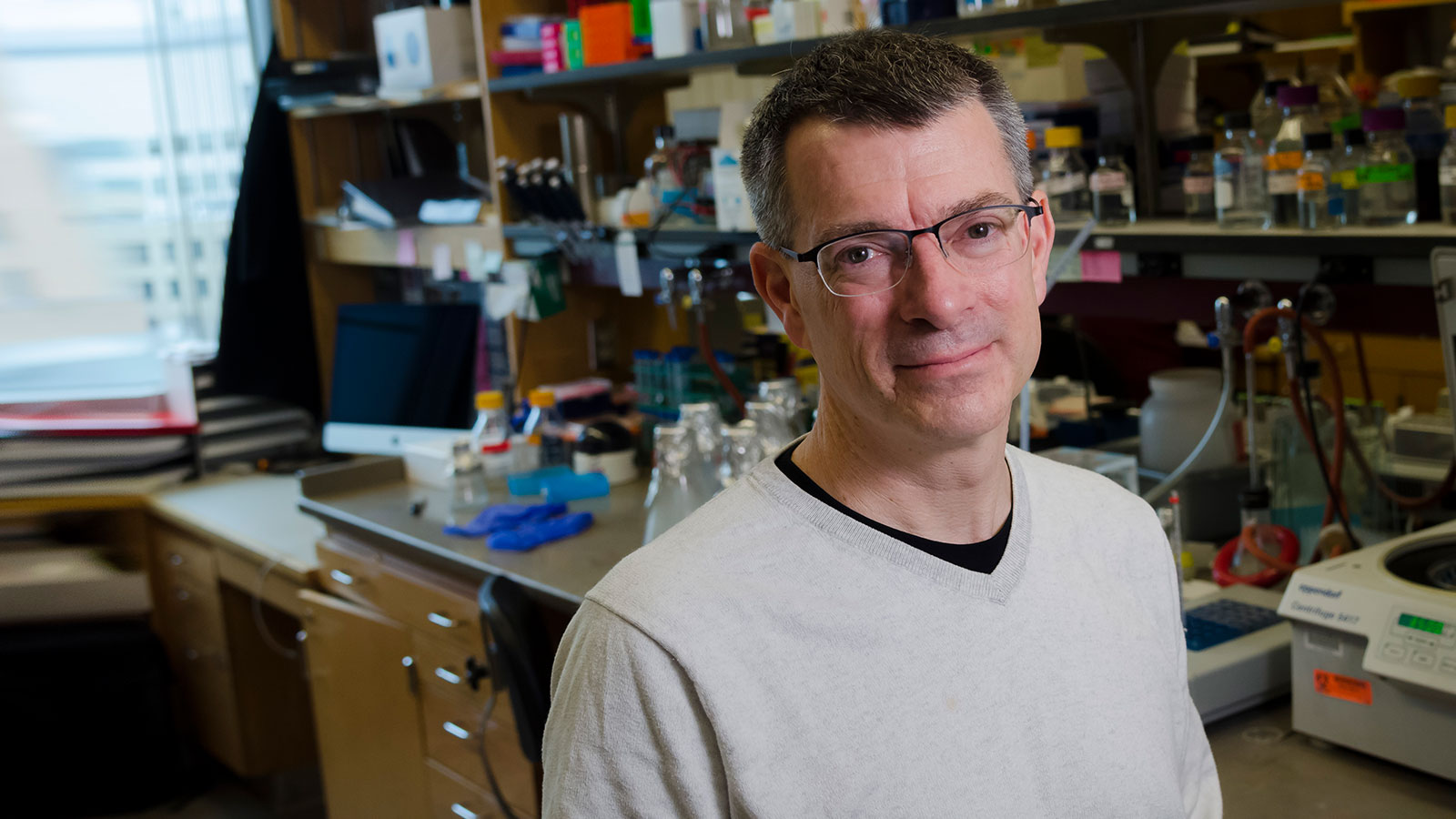Education
- PhD, 2002, Stanford University
- BS, 1997, Molecular Biology, University of California, San Diego
Research Summary
We study the biological mechanisms and evolution of how cells process information to regulate their own growth and proliferation. Using bacteria as a model organism, we aim to elucidate the detailed molecular basis for this remarkable regulatory capability, and understand the selective pressures and mechanisms that drive the evolution of signaling pathways. Our work is rooted in a desire to develop a deeper, fundamental understanding of how cells function and evolve, but it also has important medical implications since many signaling pathways in pathogenic bacteria are needed for virulence.
Awards
- Howard Hughes Medical Institute, HHMI Investigator, 2015
- National Science Foundation, Presidential Early Career Award for Scientists and Engineers, 2010
- Howard Hughes Medical Institute, Early Career Scientist, 2009
Education
- PhD, 2010, Harvard University
- SB, 2004, Physics, National Tsinghua University
Research Summary
We seek to understand the optimization of bacterial proteomes at both mechanistic and systems levels. Our work combines high-precision assays, genome-wide measurements, and quantitative/biophysical modeling. Ongoing projects focus on the design principles of transcription, translation, and RNA maturation machineries in the face of competing cellular processes.
Awards
-
Smith Odyssey Award, 2020
-
MIT Committed to Caring Award, 2020
- NSF Career Award, 2019
- Pew Biomedical Scholar, 2017
- Smith Family Award for Excellence in Biomedical Research, 2017
- NIGMS R35 Maximizing Investigator Research Award, 2017
- Sloan Research Fellowship, 2016
- Searle Scholar, 2016
- NIH Pathway to Independence Award, 2013
Education
- PhD, 2012, Washington University in St. Louis
- BS, 2004, Cellular and Molecular Biology and Studio Art, Tulane University
Research Summary
Our lab is interested in the molecular events that enable apicomplexan parasites to remain widespread and deadly infectious agents. We study many important human pathogens, including Toxoplasma gondii, to model features conserved throughout the phylum. We seek to expand our understanding of eukaryotic diversity and identify specific features that can be targeted to treat parasite infections.
Awards
- Odyssey Award, Smith Family Foundation, 2021
Education
- ScD, 1966, Massachusetts Institute of Technology
- BS, 1962, Food Science, University of Illinois, Urbana-Champaign
Research Summary
The Sinskey Lab leverages an interdisciplinary approach to metabolic engineering — focusing on the fundamental physiology, biochemistry, and molecular genetics of important organisms to determine key factors that regulate the synthesis of different biomolecules. The lab supports a broad range of interests, examining amino acid metabolism in Corynebacterium glutamicum, bioremediation and bioconversion processes in Rhodococcus, and biopolymer synthesis in Gram-negative bacteria. As for eukaryotic systems, we study both lipid biosynthesis and embryogensis in oil palm, as well as the accumulation of secondary metabolites in tropical plants.
Education
- PhD, 1974, University of Illinois
- BS, 1970, Chemistry, Carleton University
Research Summary
Our research is concentrated in two major areas. First, we aim to understand how the proteins involved in DNA repair, mutagenesis and other cellular responses to DNA damage are regulated. Some of our discoveries have the potential to improve chemotherapy. Second, we probe how nitrogen-fixing nodules develop on legumes, and the relationship between rhizobial functions required for nodule invasion/infection and mammalian pathogenesis.
Awards
- Revolutionizing Innovative, Visionary Environmental health Research (RIVER), R35 Outstanding Investigator Award, 2017
- National Academy of Sciences, Member, 2013
- Howard Hughes Medical Institute, HHMI Professor, 2010
- University of Guelph, Doctor of Science, honoris causa, 2010
- American Association for the Advancement of Science, Fellow, 2008
- Environmental Mutagen Society, EMS Award, 2006
- American Academy of Arts and Sciences, Fellow, 2004
- American Cancer Society, Research Professor, 2002
- Howard Hughes Medical Institute, HHMI Professor, 2002
- Charles Ross Scholar, 2000-2003
- American Academy of Microbiology, Fellow, 1994
- Margaret MacVicar Faculty Fellow, 1992-2002
- John Simon Guggenheim Memorial Foundation, Guggenheim Fellowship, 1984
- Massachusetts Institute of Technology, MacVicar Faulty Fellow, 1984
- Rita Allen Foundation, Career Development Award, 1978
Education
- PhD, 1983, MIT
- BSc, 1979, Medicinal Chemistry, University College London
Research Summary
We study diverse aspects of protein structure and function and employ multidisciplinary approaches to address fundamental problems at the interface of chemistry and biology. We are fascinated by the amazing complexity and myriad functions of glycoconjugates in human health and disease. Still more enthralling are the intricate membrane-associated pathways that lead to the cellular biogenesis of these important macromolecules. Our group applies approaches and technologies from a wide range of synergistic fields including chemical biology (for inhibitor and probe development), biochemistry and biophysics (for analyses within and beyond native and model membranes), and cellular, molecular and microbiology to unravel these pathways. Ultimately we seek to decipher the molecular logic of glycoconjugate biosynthesis and to identify processes to target in the study of infectious disease.
Awards
- National Academy of Sciences, Member, 2010
- Fellow of the Royal Society of Chemistry (FRSC) 2006
- American Chemical Society – Breslow Award for Achievement in Biomimetic Chemistry 2006
- Protein Society – Kaiser Award, 2006
- Margaret MacVicar Faculty Fellow, 2003-2013
- American Academy of Arts and Sciences, Fellow, 2001
Education
- PhD, 2011, The Johns Hopkins University School of Medicine
- BS, 2002, Molecular Biology and Biotechnology, Millersville University
Research Summary
In the Lamason lab, we investigate how intracellular bacterial pathogens hijack host cell processes to promote infection. In particular, we study how Rickettsia parkeri and Listeria monocytogenes move through our tissues via a process called cell-to-cell spread. We utilize cellular, molecular, genetic, biochemical and biophysical approaches to elucidate the mechanisms of spread in order to reveal key aspects of pathogenesis and host cell biology.
Awards
- NIH Pathway to Independence Award, 2015
Education
- PhD, 2010, MIT
- BA, 2003, Computer Science, University of California, Berkeley
- BS, 2003, Biological Engineering, University of California, Berkeley
Research Summary
The Davis lab is working to uncover how cells construct and degrade complex molecular machines rapidly and efficiently. We apply a variety of biochemical, biophysical, and structural approaches including quantitative mass spectrometry and single particle cryo-electron microscopy to understand the detailed molecular mechanisms of these processes. Ongoing projects in the lab are focused on autophagy, an essential eukaryotic protein and organelle degradation pathway, and assembly of the ribosome, which is essential in all cells.
Awards
- Sloan Research Fellowship, Alfred P. Sloan Foundation, 2021
- National Institute on Aging R00 Fellowship, 2017
- National Institute on Aging K99 Fellowship, 2015
Education
Research Summary
Our goal is to understand the ecology and evolution of ocean microbes and how they influence global biogeochemical cycles. We focus on the cyanobacterium Prochlorococcus, which is the smallest and most abundant microbe in ocean ecosystems — sometimes accounting for half the total photosynthetic biomass. We use this model system to study life across all scales — from the genome to the ecosystem.
Awards
- Crafoord Prize, 2019
- Generalitat of Catalonia, Ramon Margalef Prize in Ecology, 2013
- American Association for the Advancement of Science, Fellow, 2012
- National Medal of Science, 2011
- National Academy of Sciences, Alexander Agassiz Medal, 2010
- National Academy of Sciences, Member, 2003
- John Simon Guggenheim Memorial Foundation, Guggenheim Fellowship, 1997
- American Academy of Arts and Sciences, Fellow, 1992
Education
- PhD, 1990, University of California, Berkeley
- BS, 1985, Integrated Science Program and Biochemistry, Molecular Biology and Cell Biology, Northwestern University
Research Summary
We focus on the events that occur at the starting points of chromosome duplication. These DNA sequences — called “origins of replication” — are found at multiple sites on each eukaryotic chromosome and direct the assembly of replisomes, which replicate the DNA on both sides of the origin. We study this assembly process to understand how chromosomes are replicated, and how these events are regulated during the cell cycle to ensure genome maintenance.
Awards
- National Academy of Sciences, Member, 2017
- National Academy of Sciences Award in Molecular Biology, 2009
- Howard Hughes Medical Institute, HHMI Investigator, 2000
